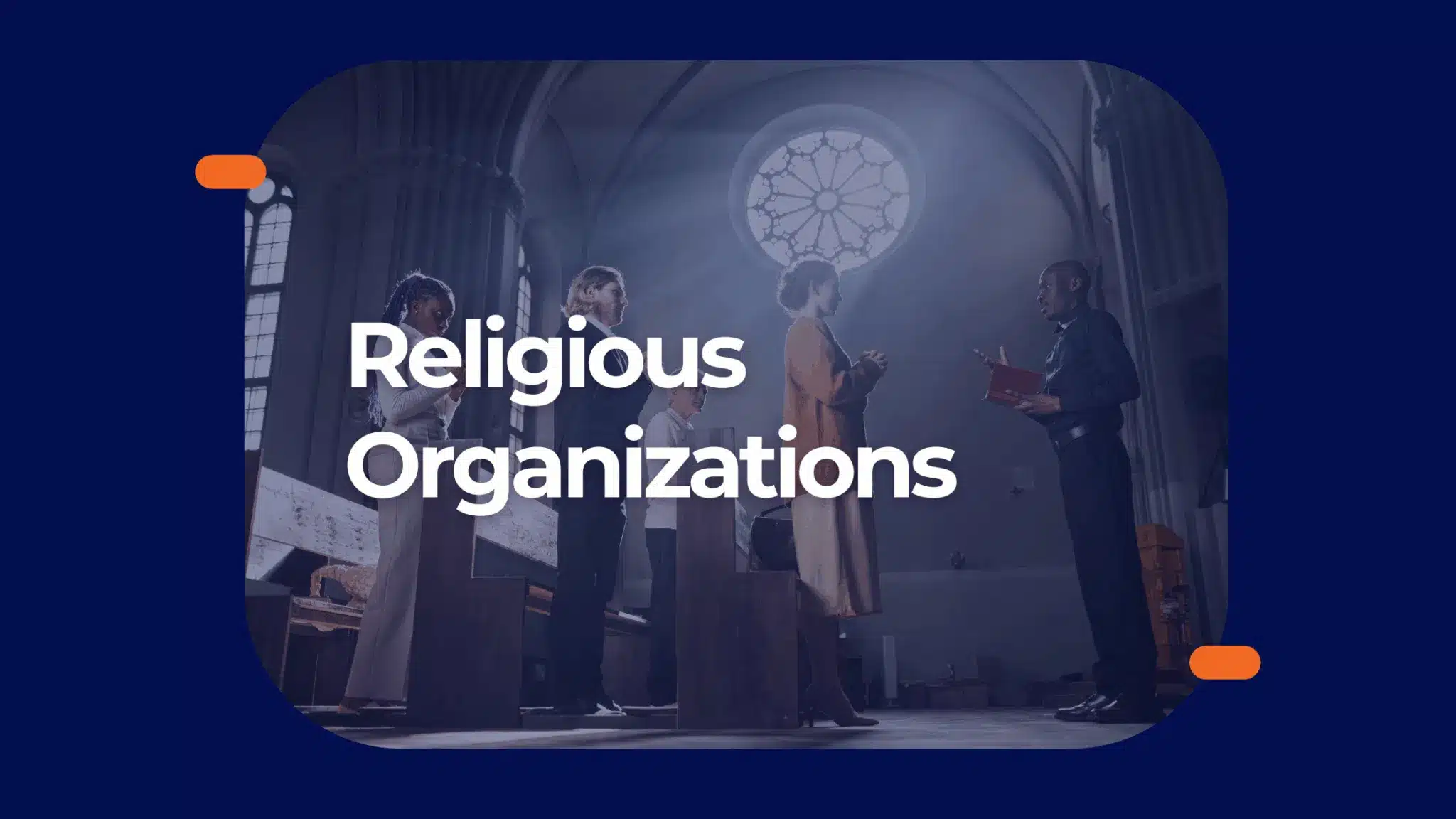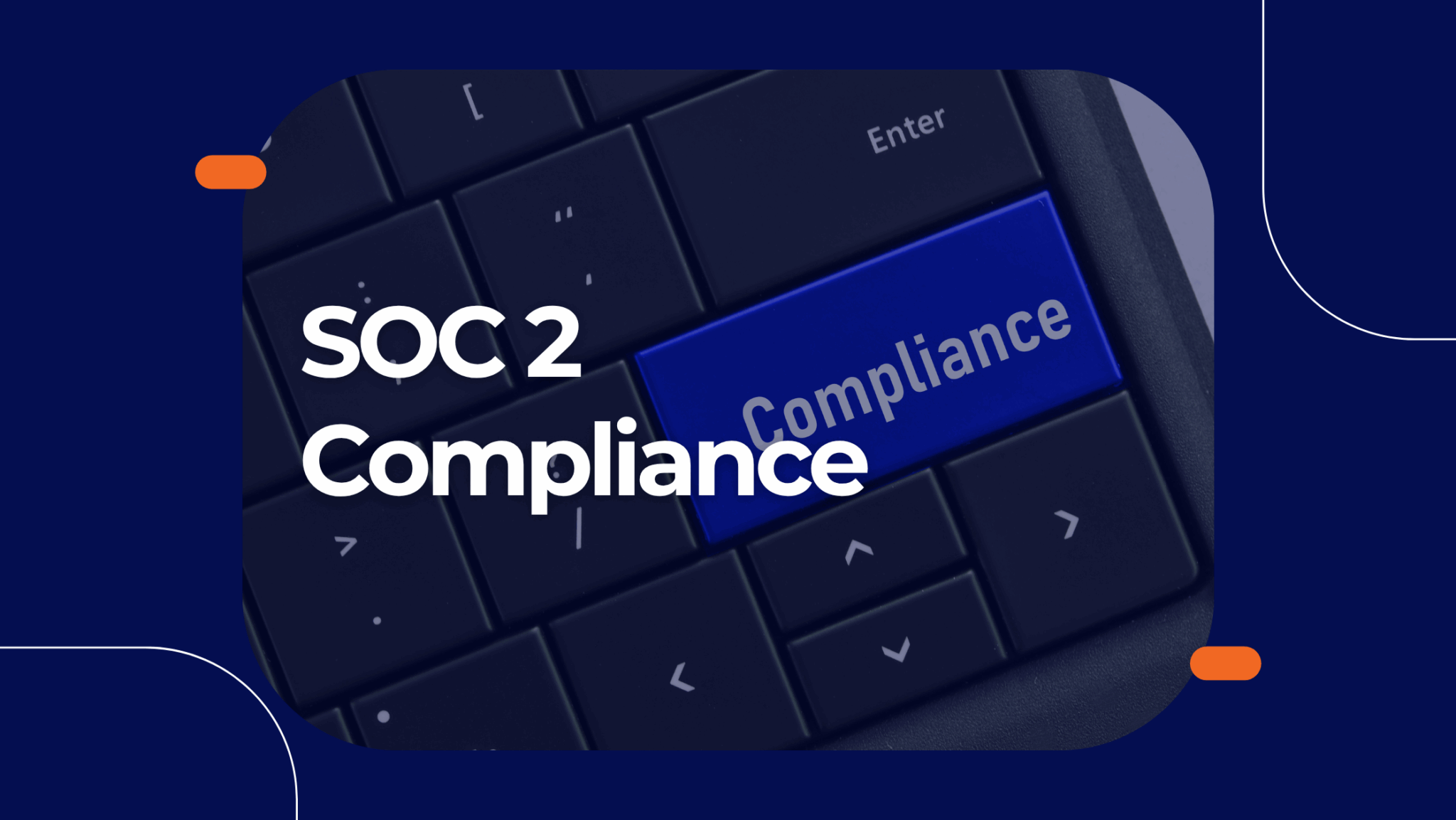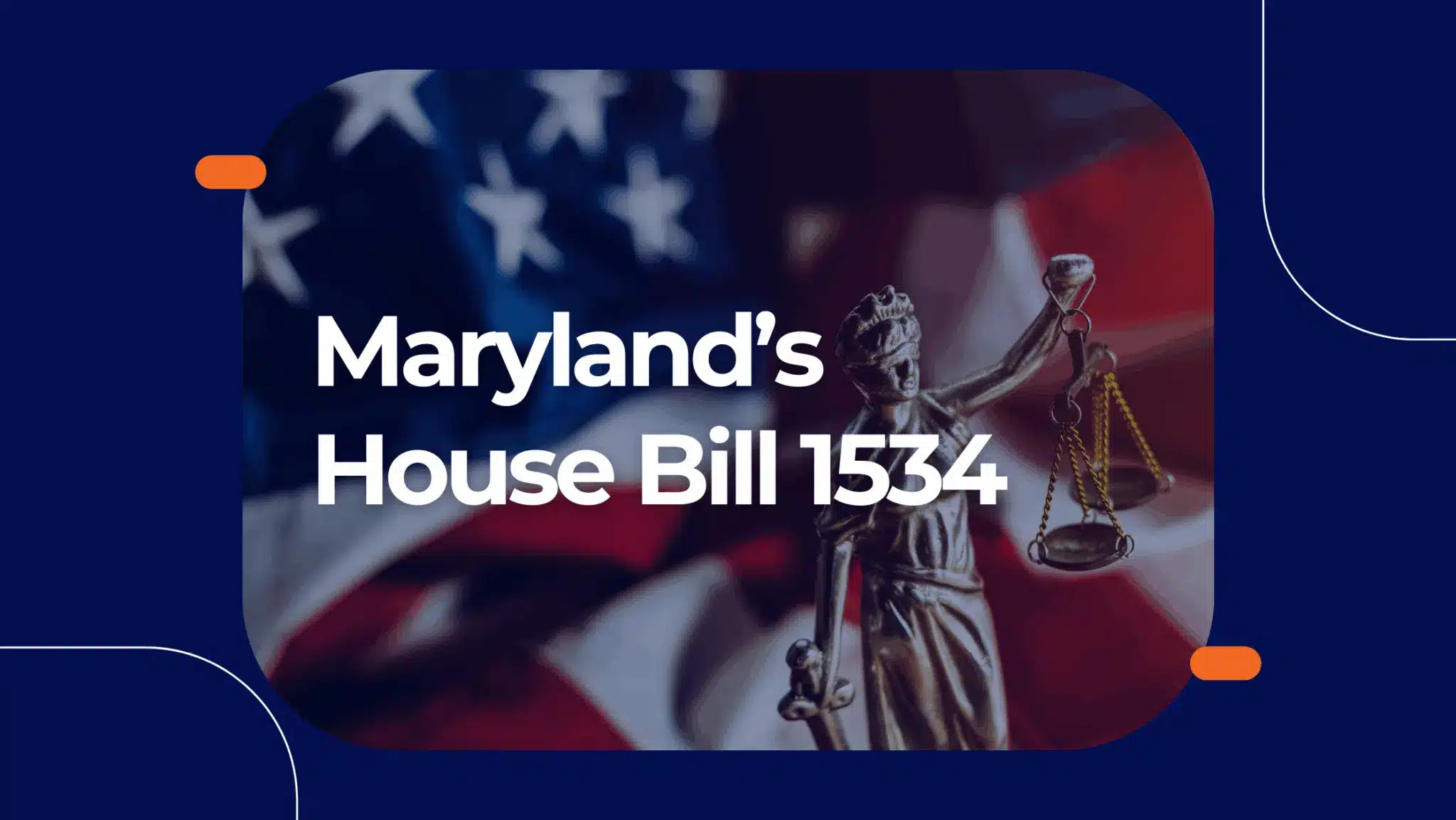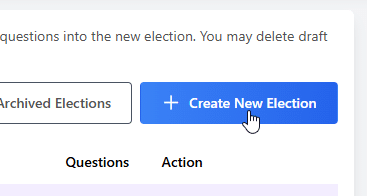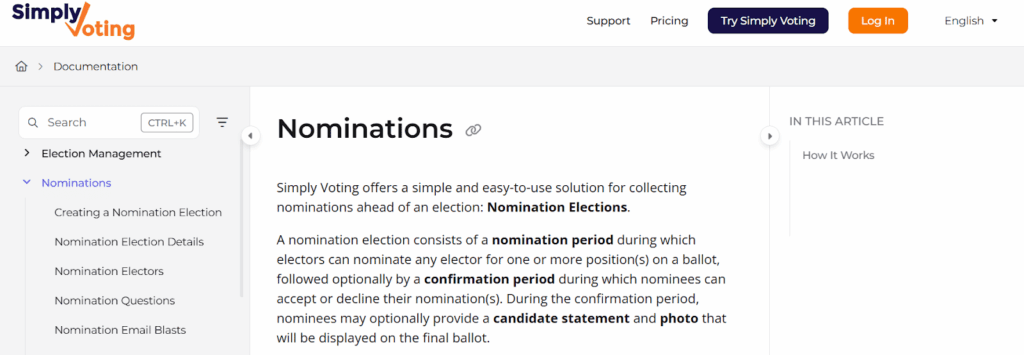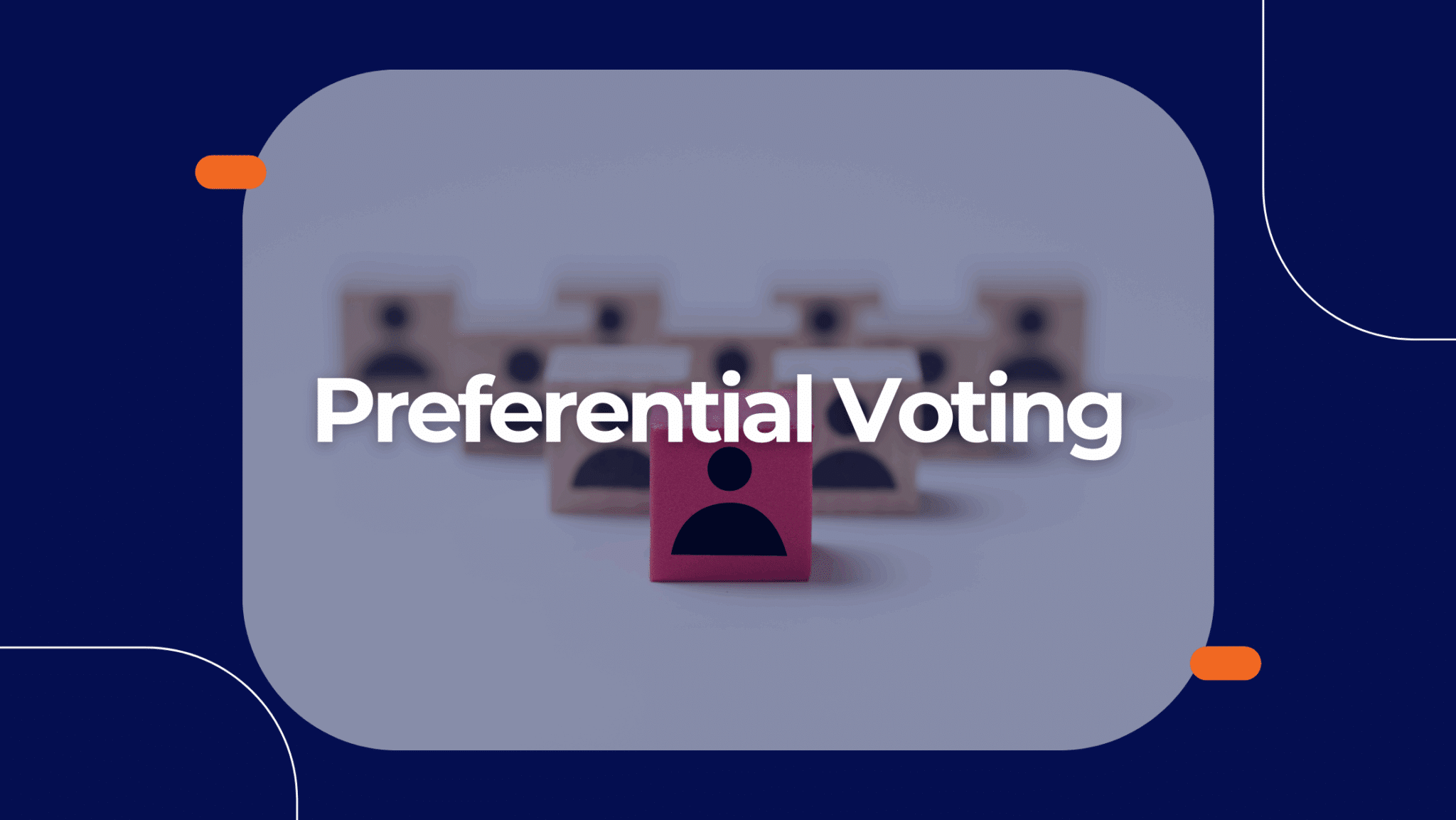Encouraging broad participation ensures that election results reflect the full spectrum of member perspectives. Higher turnout leads to outcomes that feel fairer and more representative.
Whether you are running a corporate election, a union vote or an association voting event, turnout, voter confidence and accessibility are essentials for a successful election. Here are a few key strategies Simply Voting offers to ensure your elections are a success:
Communicate with your voters around the election and send reminders emails
Strong communication builds voter confidence. Educating members, shareholders, or voters about the process and its benefits can avoid concerns and build trust in the election. Clearly communicate how the online voting system works, the security measures in place, the timeline for the election and when the results will be available and where by sending an initial invitation to all voters.
Moreover, you should also always inform your electors that they will receive an email to vote (and the email address it will be sent from) so they can save the address as a contact. All emails blast sent from Simply Voting are sent from vote(at)simplyvoting.com.
During the election, you can send reminder emails through the Simply Voting Election Manager to encourage more electors to vote, including targeted reminders sent only to voters who have not yet cast their ballot.
Simply Voting offers a user-friendly platform accessible to everyone
Choosing an accessible online voting tool is essential in order to ensure that voters of all abilities can vote in confidence. Simply Voting’s interface is simple, adaptative and fully accessible helping you boost turnout and trust in your elections.
The layout is simple and uncluttered so voters regardless of technical skills, can navigate the ballot without confusion or extra steps. Whether it is from a phone, tablet or laptop, the interface automatically adjusts to the screen, so voters can vote from any device. To ensure accessibility for all voters, the voting website is compatible with screen readers and voters who need larger text can also easily zoom without breaking the layout.
Offer multiple voting options
Offering multiple voting channels can offer voters the opportunity to choose the method they prefer to vote. Simply Voting offers hybrid election solutions:
- Paper Ballot: Can be used with self-service and fully managed elections.
- For self-service elections, we offer a voter strike-off feature to block paper ballot voters from online voting, in real-time, paper ballot can then be counted separately. It is also possible to enter the paper ballots manually so they can be tallied along with the online votes.
- For fully managed elections, Simply Voting provides a turn-key solution for distributing, collecting, and counting mail-in ballots.
- Telephone Voting: Simply Voting’s telephone voting system provides voters with audio ballots that may be submitted using a touch-tone dialpad. An excellent solution for offering your voters an alternative voting channel.
Remote Authentication
Using existing, already-known credentials removes the hurdle of delivering voting credentials and reduces friction for voters. If your organization already has a secure members-only portal or authentication method, Simply Voting can explore integrating with it so voters log in using the credentials they’re familiar with.
If you prefer, Simply Voting can also partially generate voter credentials such as unique passwords directly within the system to support a standalone authentication process.
In conclusion
High turnout, strong voter confidence and robust accessibility results from a thoughtful design, transparent communication and commitment to inclusion. By using Simply Voting, organizations can run elections that are secure, engaging and reflective of their members’ voices.
Contact us here to start improving your election process.




